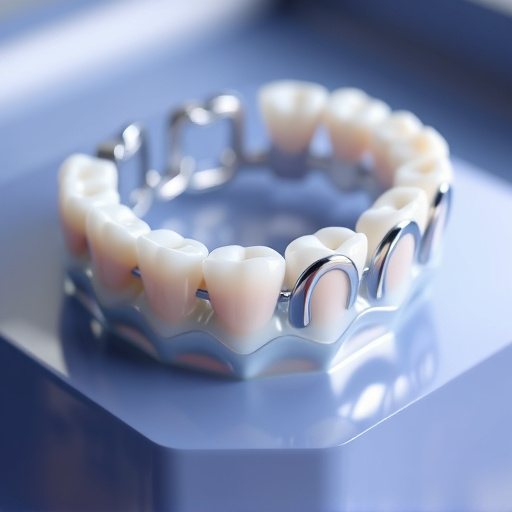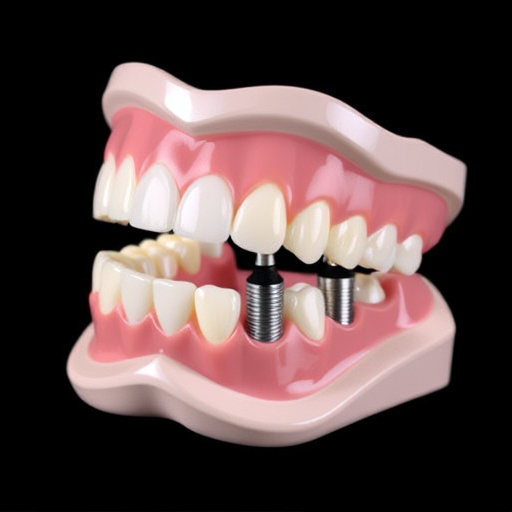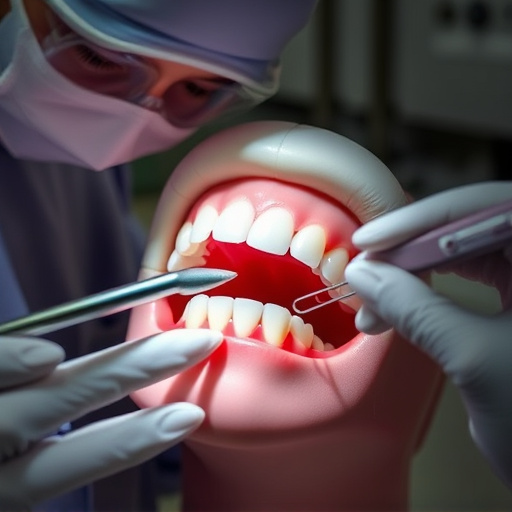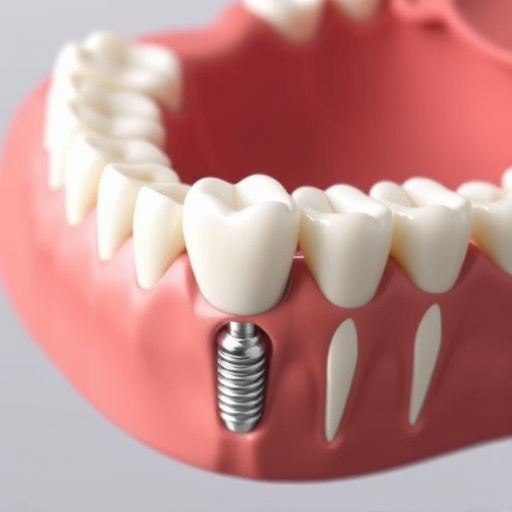Single tooth implants provide an effective and popular solution for missing teeth, offering both aesthetic appeal and improved chewing capabilities. The process involves consultation, extraction (if needed), titanium implant placement, osseointegration, and attachment of a custom-made crown. Local anesthesia is crucial for patient comfort and precise surgeries, minimizing operation-related discomfort. This method offers advantages over traditional bridges or dentures, preserving sensitivity in nearby teeth and gums, with minimal side effects. Proper aftercare instructions from a general dentistry specialist ensure a smooth recovery.
Considering single tooth implants? Local anesthesia can make the placement process more comfortable. This comprehensive guide explores what you need to know, from understanding these advanced dental solutions to the specific role of local anesthesia. We delve into the benefits and considerations, empowering you with the information to make an informed decision. Discover how this approach offers a less invasive yet effective path toward restoring your smile.
- Understanding Single Tooth Implants: A Comprehensive Overview
- The Role of Local Anesthesia in Implant Placement Procedures
- Benefits and Considerations for Choosing Local Anesthesia for Single Tooth Implants
Understanding Single Tooth Implants: A Comprehensive Overview

Single tooth implants are a popular and effective solution for replacing missing teeth. Unlike traditional bridges or dentures, which can involve multiple adjacent teeth, single-tooth implants are designed to support just one artificial tooth. This minimally invasive procedure involves placing a small titanium post into the jawbone, which serves as an anchor for the new tooth. The implant itself looks and functions like a natural tooth, offering both aesthetic appeal and improved chewing capabilities.
Understanding the process behind single tooth implants is crucial for anyone considering this option. After a consultation with a dental professional to determine eligibility, the first step typically involves tooth extraction if necessary, followed by placement of the titanium implant. Over time, the implant fuses with the jawbone in a process called osseointegration. Once healed, an abutment is attached, and a custom-made crown is placed on top, resulting in a lifelike and fully functional replacement for the missing tooth—a far cry from the days of unsightly dental fillings or cumbersome dentures, especially in emergency dental care scenarios.
The Role of Local Anesthesia in Implant Placement Procedures

Local anesthesia plays a pivotal role in single tooth implant placement procedures, ensuring patient comfort and minimizing discomfort during the operation. By numbing the specific area around the extraction site or the intended implant location, local anesthetics allow dental professionals to perform precise surgeries with ease. This is particularly crucial for patients who may have apprehensions about invasive procedures or those with sensitive dental structures.
The use of local anesthesia not only enhances the overall experience for the patient but also facilitates a smoother healing process. After the procedure, patients can manage any residual numbness and pain effectively, enabling them to return to their daily routines without significant disruptions. This is especially beneficial in comparison to traditional methods that might require more extensive anesthetics or longer recovery periods, making local anesthesia a game-changer for tooth repair and replacement, including the placement of dental crowns or clear aligners.
Benefits and Considerations for Choosing Local Anesthesia for Single Tooth Implants

Choosing local anesthesia for single tooth implants offers several benefits. It allows patients to undergo the procedure with minimal discomfort, making it an excellent option for those who fear dental procedures or have low pain tolerance. Local anesthesia numbs only the specific area where the implant is being placed, ensuring the rest of your mouth remains unaffected. This method is particularly useful for single tooth implants since it preserves the sensitivity in nearby teeth and gums while still providing the necessary numbing effect for a smooth surgery.
When considering local anesthesia for single tooth implants, there are several factors to keep in mind. It’s crucial to consult with your general dentistry specialist to ensure it’s suitable for your specific case, especially if you have a history of dental issues or concerns about tooth extractions. Local anesthesia is typically safe and effective when administered properly, but it’s important to be aware of potential side effects like temporary swelling or mild irritation at the injection site. Proper aftercare instructions from your dentist will help ensure a smooth recovery process for successful tooth repair.
Single tooth implants, placed with local anesthesia, offer a less invasive and more comfortable option for those considering dental restoration. This modern approach allows patients to undergo the procedure without the typical anxiety associated with general anesthesia. By utilizing local anesthesia, individuals can benefit from swift recovery times and maintain their daily routines almost immediately. Thus, for those seeking efficient and effective solutions for single tooth implants, this method proves to be a desirable and viable choice.














